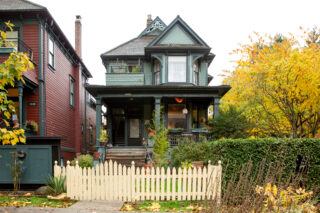
Victorian (1886-1905)
Rare in Vancouver outside of Strathcona; earlier examples from the downtown and the West End have mostly been demolished.
Although now mostly demolished, these first homes populated the neighbourhoods now known as Strathcona, West End, Yaletown, Fairview and Mount Pleasant.
The styles shown below are all representative of the proliferous timber that allowed these styles to be imported (Victorian, Edwardian, Queen Anne) or built with the few resources available to the migrant working class of settlers (Settler, Colonial Revival, Gabled Vernacular).

Rare in Vancouver outside of Strathcona; earlier examples from the downtown and the West End have mostly been demolished.
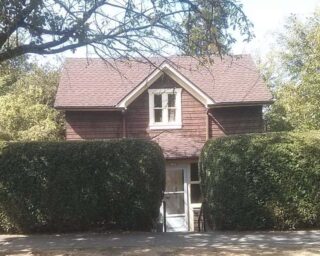
Rare in contemporary Vancouver. An evolution of the Settler Style was the Victory House, built quickly during the Second World War in North Vancouver and at Burkeville on Sea Island.
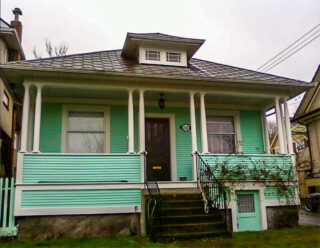
Built with features inspired by the classical elements of colonial styles. Based on plan-books published by architects in the United States, designs were modified to suit the builder’s ideas, the buyer’s wishes, and the different materials available.
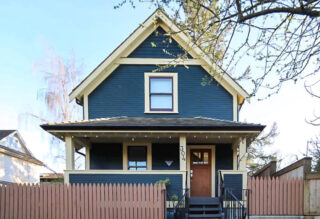
Gabled Vernacular homes were common in Vancouver since their narrow two-storey form made front-gabled houses well suited for urban lots. Today, the style is one of the most common historical house styles left in the city.
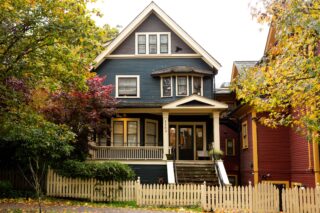
The only style that began and ended with the Edwardian Era (c. 1901 – 1913), the Edwardian style was particularly popular in Vancouver. Edwardian style homes featured simpler form and detailing than the Victorian styles, and in some cases draw on Craftsman principles. Their steep gabled roof allowed for additional living space above the main floor, making them a practical choice for family homes throughout Vancouver at the time.
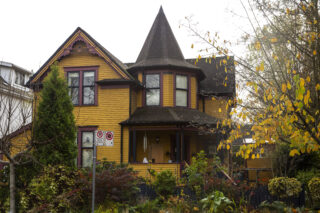
The Queen Anne Revival style has little to do with the actual English Queen Anne or architecture from her reign (1702 – 14). One of the most popular styles of the late Victorian era, the Queen Anne Revival style developed in Britain thanks to a renewed interest in architecture of the late medieval period. Following its introduction to North America, it quickly adapted for the new environment.